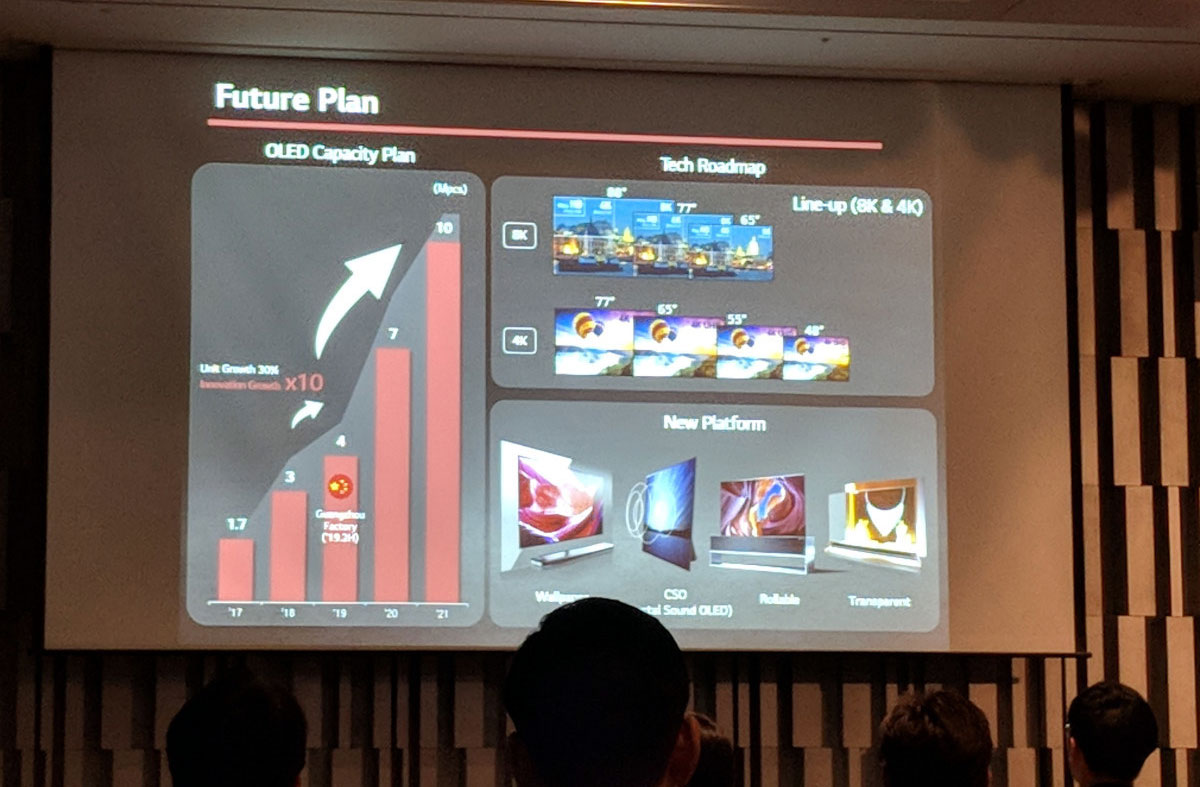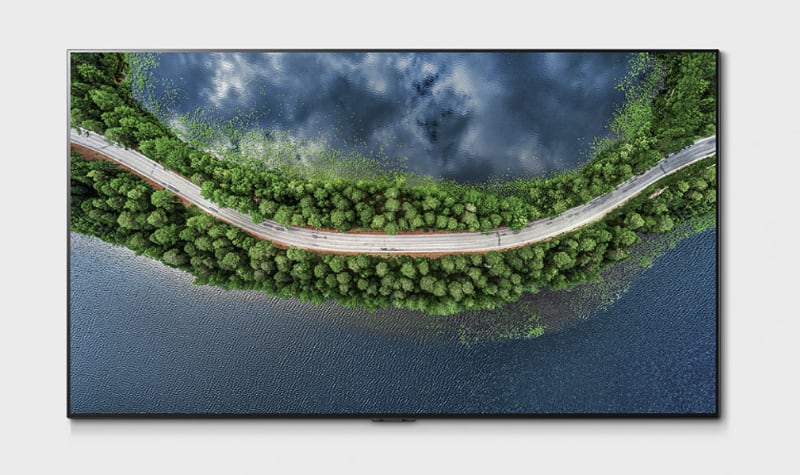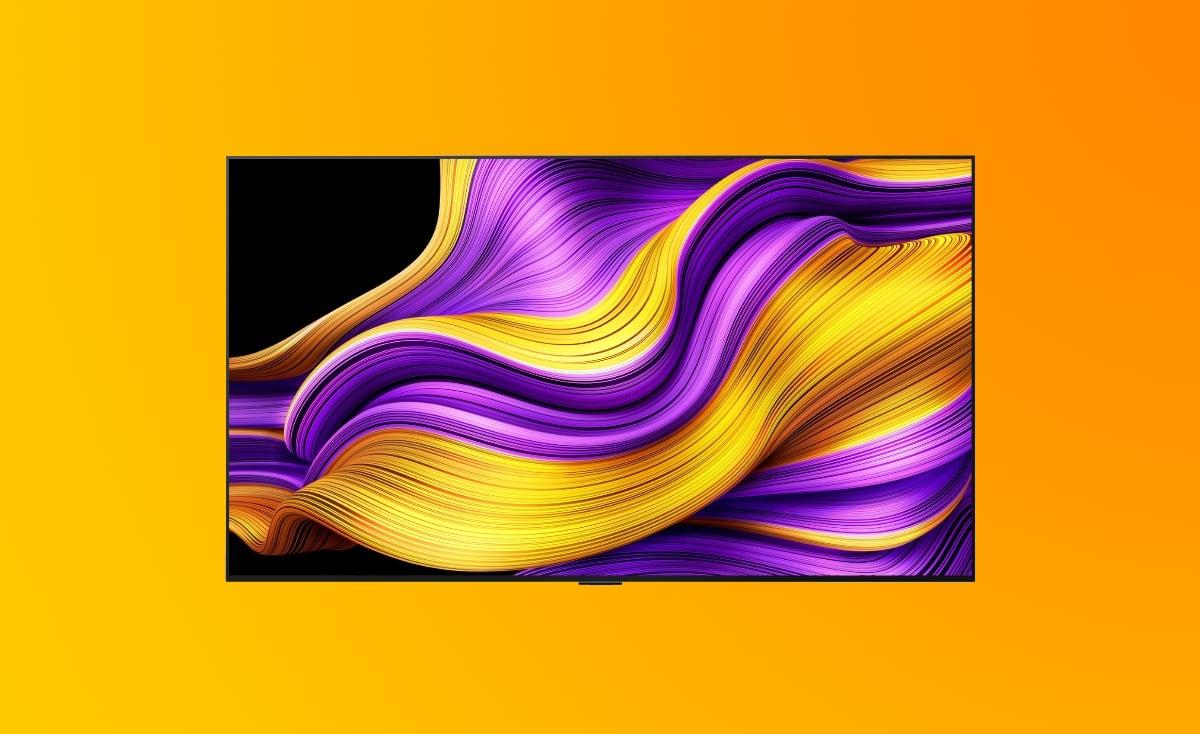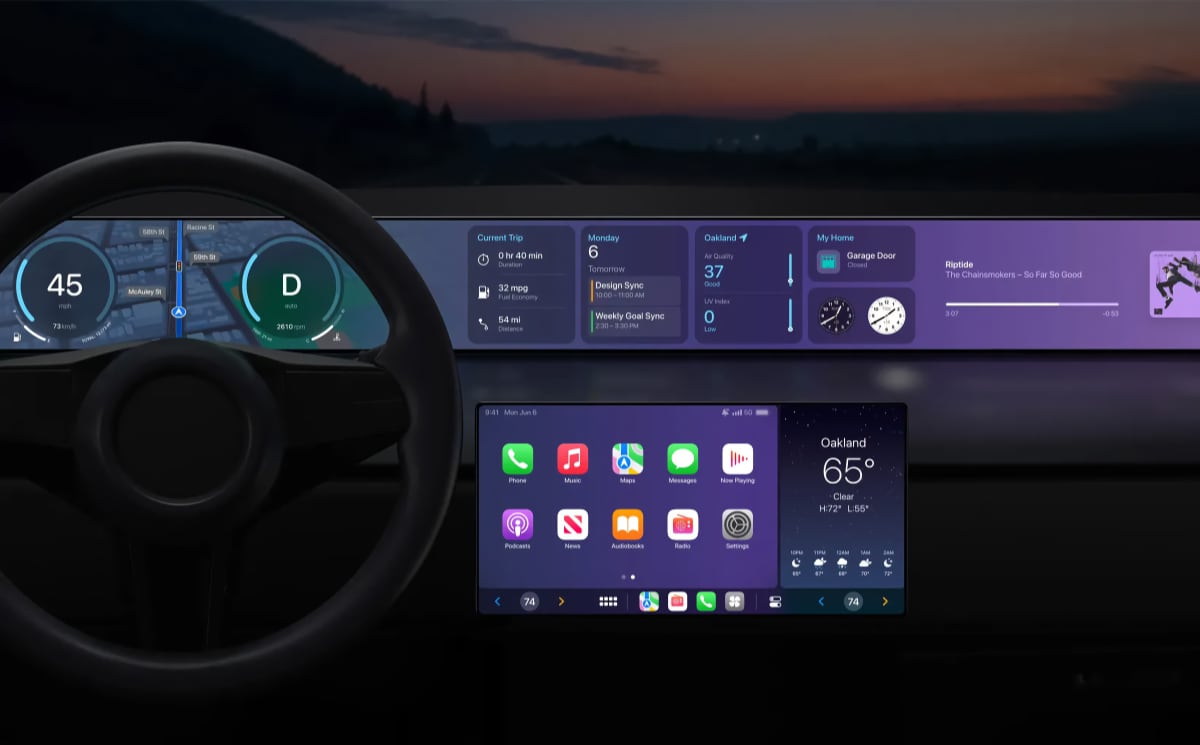LG's 2021 OLED TVs will be called LG C1 and LG G1, but what should we expect from 2021 OLED? Besides new TV features, there are various ways to improve the OLED panel. Is time ripe?
2021 LG OLED TVs
LG Electronics has sent in OLED65C1 and OLED65G1 for certification in South Korea, as evidenced by the RRA database (2). It is hardly surprising that LG will name its successors to the CX and GX models C1 and G1, mainly because it is already putting numbers behind CX and GX (i.e. OLED65CX3) in various regions. And continuing with roman numerals (CXI and GXI) would be confusing.
There may also be 2021 LG W1 (wallpaper), LG Z1 (8K), LG E1 (if company brings back the E glass series) and LG B1 (entry-level) 2021 OLED TVs, but at this time we cannot know for sure.
The more interesting question of course is what to expect? Especially since LG has arguably been leading the TV industry for a number of years now with OLED technology and HDMI 2.1 features.
LG will most likely introduce a new 'Gallery Stand' (trademarked here and filed under "tripod and stands adapted for televisions") for its 2021 G1 OLED TV. As you may know, the current GX 'Gallery' OLED TV is designed to hang flat on the wall, with an optional tabletop stand (but no tripod / floor stand option).
 Photo: OLED-Info.com
Photo: OLED-Info.com
An improved OLED panel
Besides new TV features like a 'Gallery Stand' or webOS upgrades, there are number of ways to improve picture quality. These are mostly related to the OLED panel, which is developed by LG Display, the display maker, not LG Electronics, the consumer brand. The same OLED panel is used by Panasonic, Philips, Sony, Vizio, and others.
We will not be exploring the technologies in depth here but to summarize many of the OLED technologies intended for deployment in the near future focus on improving average/peak brightness, efficiency (higher brightness at lower energy levels), and color saturation (in general and for color peaks).
There is, for example, top emission OLED (as opposed to bottom emission) that improves light emission as well as TADF (Thermally Activated Delayed Fluorescence), a new emitter material that can improve light emission. One company developing TADF is Cynora, which LG Display has invested in.
- "TADF is a relatively new class of OLED emitter materials that promise efficient and long-lifetime performance without any heavy metals. TADF research started in earnest in 2012, and the first TADF emitters reached commercial status at the end of 2019," as explained by OLED-info.
We would be surprised (in a good way) to see LG Display's 2021 4K OLED panel take advantage of top emission and TADF for higher display brightness, but let's see what happens.
Another method to potentially improve OLED picture quality is to introduce a new panel type like QD-OLED, which Samsung Display is developing and investing in. QD-OLED technology could show up in TVs from Sony, TCL, and Panasonic before it shows up in TVs from Samsung, according to reports (2), but Samsung's panel it will obviously not make its way to LG TVs. However, if other brands adopt QD-OLED, LG would need to counter with something.
In addition, there are a number of design innovations that can be achieved with OLED technology. Besides existing rollable, wallpaper and 'crystal sound' (in Sony OLED TVs) innovations, we could see new types of TVs. LG has, for example, been exploring a 21:9 OLED panel with moving speakers.
Lastly, it is worth noting that LG Display's second 8.5G OLED TV factory is now fully operational in China. It uses a new production method (multi-model glass, or MMG) that allows it to efficiently mass produce 48-inch panels together with 77-inch panels. Perhaps 2021 will finally be the year of affordable 77-inch OLED TVs?
The rumor mill has been surprisingly quiet this year, perhaps because most trade shows have been cancelled due to the coronavirus. CES 2021 will also be a virtual show so we do not know exactly what to expect. Heard anything? Let us know!
- Source: RRA, TMDN, OLED-info, Cynora, HDTVTest, AVP, thanks for all the tips guys!








